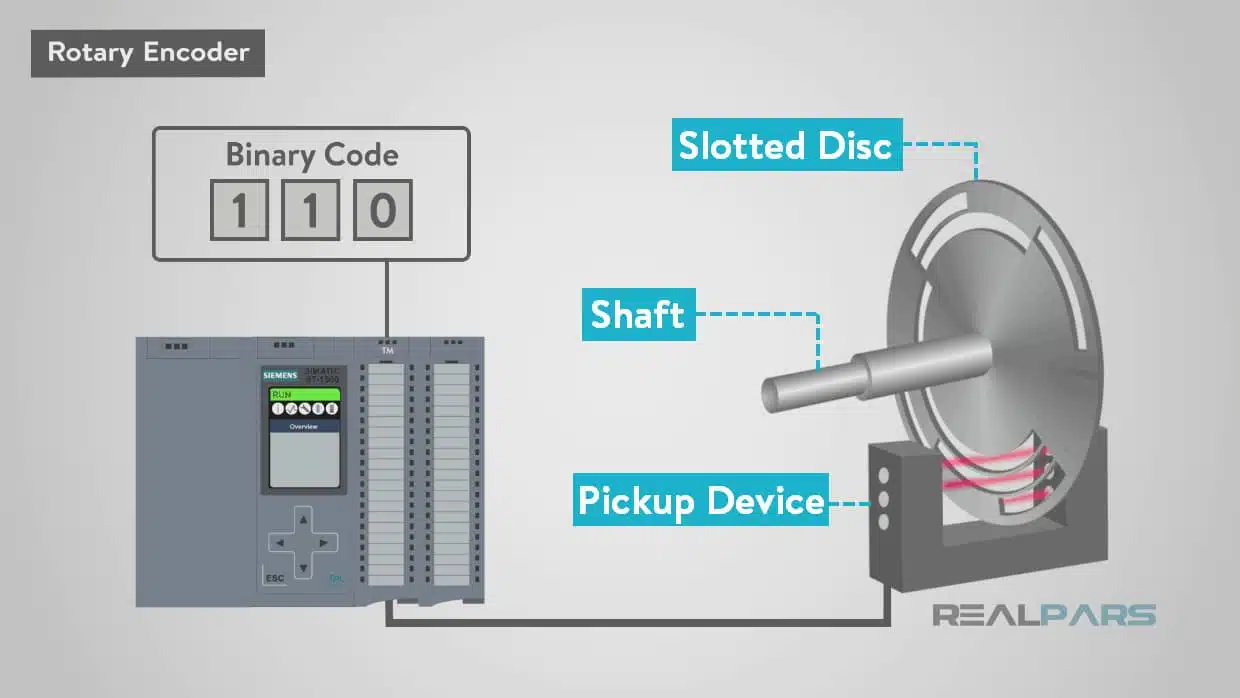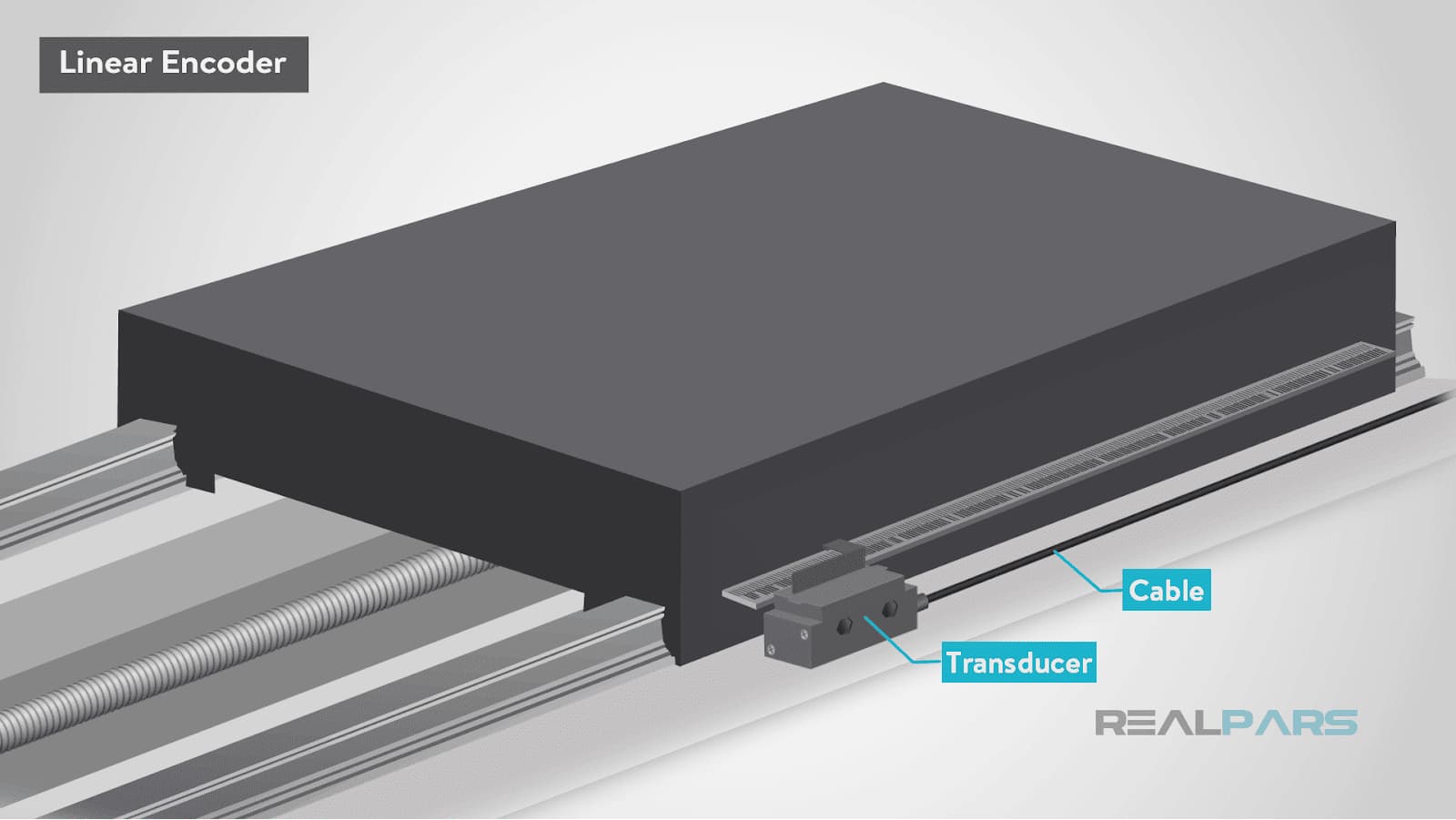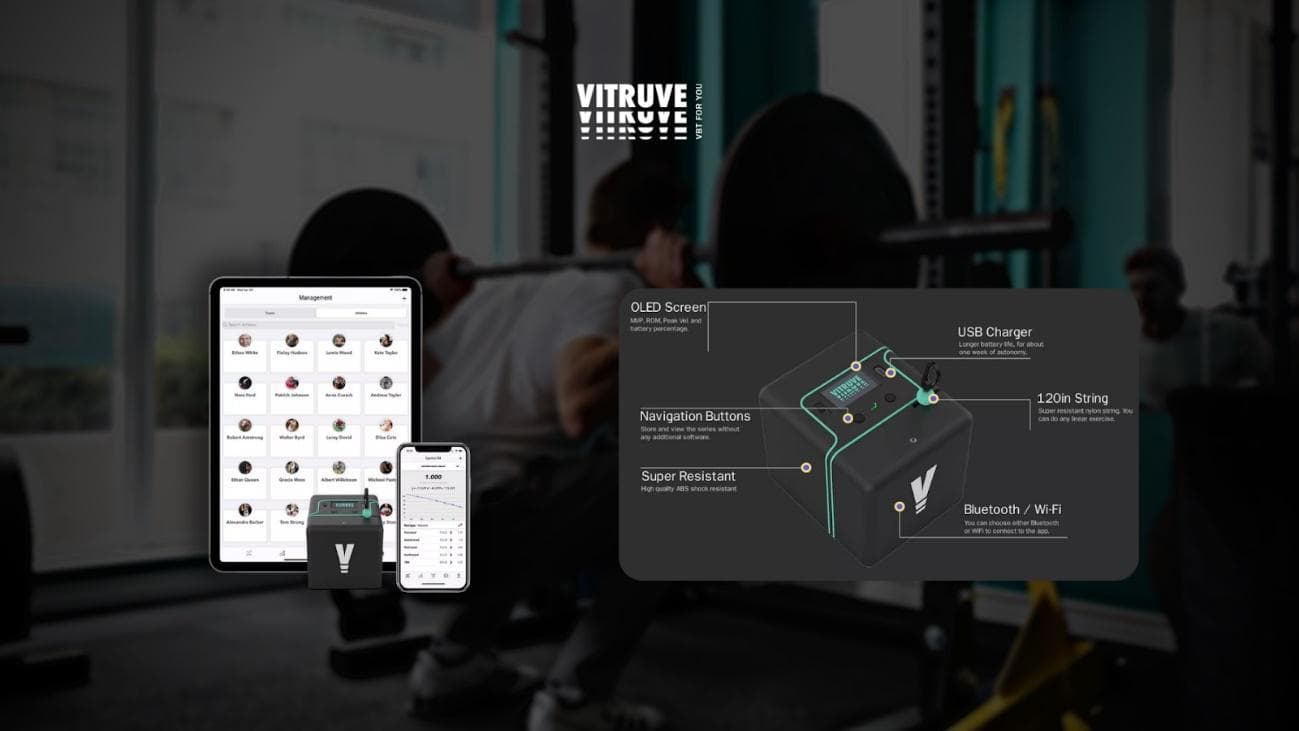20 de December de 2022
Difference Between Rotary and Linear Encoders
What is an encoder? What is a motion velocity analyzer?
An encoder is a motion sensor that generates digital signals in response to motion (1). Encoders can provide users with information on the position, velocity and/or direction of all types of machinery (2). Encoders are generally used to measure one or more specific parameters about the object, such as its velocity, position, direction, or to provide a count of the object or some related value.
With technological advances, their costs are lower than before, which makes it possible that they are now present in many products in our environment, such as printers or medical scanners. Elite athletes have been using motion velocity analyzers for decades, but due to their high cost they were only available in laboratories and centers with a high budget. Today there are encoders available for a much lower price that allow athletes to know the speed at which they are moving loads.
Vitruve is one of the best brands that markets motion velocity analyzers, and has scientific support for its reliability and validity (3,4). When compared to other gold standards such as 3D optoelectronic three-dimensional motion capture in 3D (5). In our field, velocity-based strength training, we are interested in the use of an encoder to give us information about the displacement of the bar, as well as the velocity, acceleration, power… when training. This technology is called motion velocity analyzer.
Vitruve’s device is an optical linear encoder. What does that mean? Next, we are going to see the differences between a linear encoder and a rotary encoder, and also know what types of encoders exist according to the technology used, optical being one of them.
Differences between a rotary encoder and a linear encoder
The most common approach is to classify these devices by the type of motion being monitored, either linear or rotational. To measure linear motion, there are linear encoders, while to measure rotational motion, there are rotational encoders. Both translate that signal, linear or rotational, into a digital signal that helps us when training. A linear encoder is controlled by the motion of the block moving along a guide in a straight line. A rotary encoder is controlled by the rotation of the shaft on which it is mounted.
Rotary encoders (rotational velocity analyzers)

Rotary encoders are used to provide information about the motion of a rotating object or device, such as a motor shaft or bicycle wheel. The rotary encoder converts the angular position of the moving shaft into an analog or digital output signal that will then allow a control system to set the position or velocity of the shaft. That is why these speed analyzers are known as shaft encoders (6).
Linear encoders (linear velocity analyzers)

A linear encoder is basically a transducer paired to a scale over which it moves. An example is a machine that cuts fabric to a specific length. The encoder moves along its reel until it reaches the desired length of the material to be cut. Sometimes can use a cable to measure longer distances that is linked from the encoder to the moving object (6). As the object moves, the transducer collects data from the cable and produces an analog or digital output signal that is used to establish the displacement or position of the object.
The Vitruve velocity analyzer is composed of an optical encoder capable of measuring angular movements and a coil that allows them to be linearized, so that any linear movement can be measured (7). This velocity obtained with the encoder is used to know if we are progressing in the training, to control if we have recovered from the previous session and to calculate the fatigue generated with each series.
Types of encoders according to their electromechanical technology

Depending on the technology used, the linear or rotary encoder can be optical, magnetic, inductive, capacitive or laser (8). Without going too much into them, we will briefly describe the optical encoder, the most common, and its difference with the magnetic encoder. The optical encoder is the most accurate of all detection methods. They use a light source such as an LED and a transparent panel that has opaque parts placed equally spaced apart. When light passes through the transparent areas it is detected by a photodetector, but the opaque part causes the light to be activated and cut off. By means of different calculations of the light pulses that are generated, the velocity at which the device rotates is obtained.
The magnetic encoder relies on the detection of a change in magnetic flux to establish the movement and position of an object. Instead of light, like optical encoders, magnetic encoders use fields. Using different methods, the sensors detect changes in the magnetic field as the disk rotates (rotary) or the sensor moves on the guide (linear), obtaining a digital signal that can give us the velocity of the movement.
Incremental or absolute
Encoders can measure incremental motion or absolute position. The incremental encoder indicates relative motion, while the absolute encoder indicates actual position. Incremental encoders use a simpler system by setting a number of pulses along the movement and calculating the position according to those pulses moved.
Absolute encoders are used more to know the exact position of an object. These absolute encoders can measure exact positions, while incremental encoders can measure things like distance, velocity, and position (6).
Conclusions
An encoder is a sensor, transducer or read head that reads changes in position over time. That reading is transformed into a digital reading that, knowing the space that has been traveled, and the time it has taken to do so, can indicate the velocity. It can do it in straight displacements (linear encoder) or in rotary displacements (rotary encoder). In the world of sports performance, they are useful as analyzers of the velocity at which we move the bar, as well as to know the range of motion and other variables such as power.
Depending on the technology used, the linear or rotary encoder can be optical, magnetic, inductive, capacitive or laser, with the optical being the most accurate. In turn, encoders can be designed to measure an exact and precise position (absolute encoders), or to measure variables such as distance, velocity and position by evaluating the number of pulses through which the sensor advances (incremental encoders). Vitruve’s device is a velocity analyzer that uses optical technology to convert sensor motion into useful training variables such as displacement, velocity or power.
Joaquin Vico Plaza
References
- Edwards E. Types of Encoders: Rotary, Linear, Position, and Optical Encoder Types [Internet]. [cited 2023 Feb 7]. Available from: https://www.thomasnet.com/articles/automation-electronics/types-of-encoders-a-thomasnet-buying-guide/
- Encoder Guide | Anaheim Automation [Internet]. [cited 2023 Feb 7]. Available from: https://www.anaheimautomation.com/manuals/forms/encoder-guide.php
- Pérez-Castilla A, Piepoli A, Delgado-García G, Garrido-Blanca G, García-Ramos A. Reliability and Concurrent Validity of Seven Commercially Available Devices for the Assessment of Movement Velocity at Different Intensities During the Bench Press. J strength Cond Res [Internet]. 2019 [cited 2023 Feb 7];33(5):1258–65. Available from: https://pubmed.ncbi.nlm.nih.gov/31034462/
- Callaghan DE, Guy JH, Elsworthy N, Kean C. Validity of the PUSH band 2.0 and Speed4lifts to measure velocity during upper and lower body free-weight resistance exercises. https://doi.org/101080/0264041420222043629 [Internet]. 2022 [cited 2023 Feb 7];40(9):968–75. Available from: https://cogentoa.tandfonline.com/doi/abs/10.1080/02640414.2022.2043629
- Weakley J, Morrison M, García-Ramos A, Johnston R, James L, Cole MH. The Validity and Reliability of Commercially Available Resistance Training Monitoring Devices: A Systematic Review. Sports Med [Internet]. 2021 Mar 1 [cited 2023 Feb 7];51(3):443–502. Available from: https://pubmed.ncbi.nlm.nih.gov/33475985/
- Mondi A. What is the Difference Between Absolute and Incremental Encoders? | RealPars [Internet]. [cited 2023 Feb 7]. Available from: https://realpars.com/absolute-vs-incremental-encoder/
- Encoder lineal – Vitruve | Velocity-Based Training [Internet]. [cited 2023 Feb 7]. Available from: https://vitruve.fit/es/support-encoder/
- Types of encoders. Sensing technology of rotary and linear encoder [Internet]. [cited 2023 Feb 7]. Available from: https://eltra-encoder.eu/news/types-of-encoders

